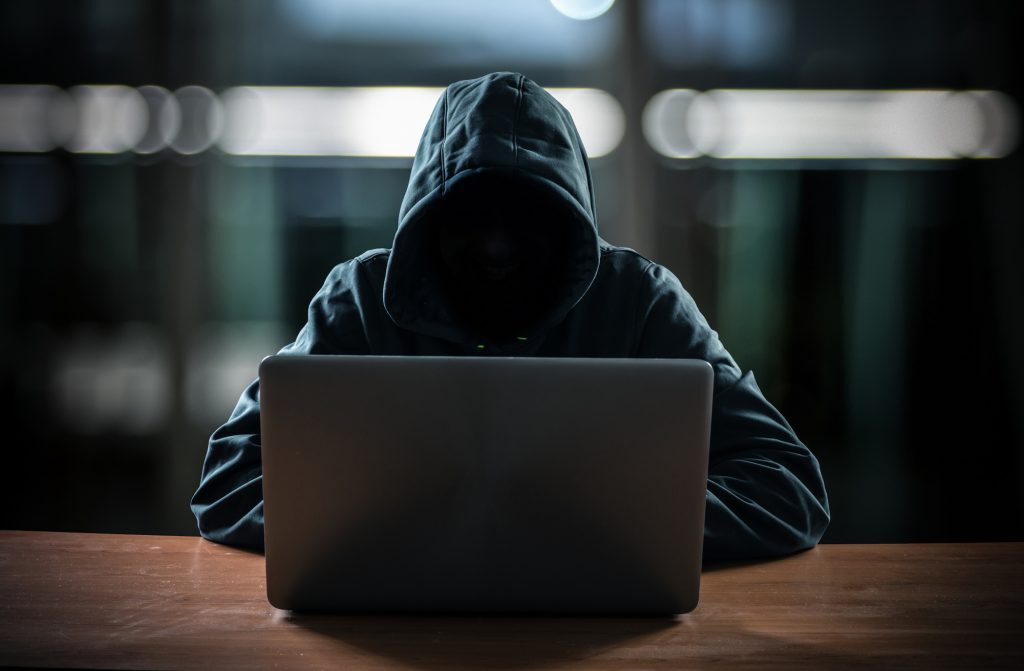Monica Lewinsky relates the story about the time a 27-year-old tried to pick her up, using the “charming but unsuccessful pick-up line” that he “could make me feel 22 again”.
After a pause, she said: “I’m possibly the only person over 40 who doesn’t want to be 22 again”.
In 1998 she was famously revealed to be “that woman” who then US President Bill Clinton had an affair with.
It was notable in journalism terms for being the story that broke online, usurping traditional print publications. The then almost unknown Drudge Report managed to publish the scoop of the century about the affair after Newsweek erred on the side of caution and demurred from running with it.
That was the first time I heard of Lewinsky, as I wrote the article about this tipping point in journalism when digital first became the media for breaking news. “It was a click that you could say reverberated around the whole world,” she said at the remarkable Login conference in Vilnius, the capital of Lithuania. (Disclosure: I gave the opening the keynote, she gave the closing.)
The affair and subsequent Starr investigation almost got Clinton impeached. It made Lewinsky, in her first job out of university, a household name and a source of endless shame.
It was prescient in many ways, a forerunner of the online free-for-all that we now have with social media. “I was patient zero of losing reputation on global scale in an instant,” she told the conference, held in the grand Opera House. “When it happened 20 years ago we didn’t have a name for it. Now we call it cyber bullying, online harassment and slut-shaming.”
What happened to Lewinsky would sadly happen to a generation of youngsters as the internet and then social media became an integral part of our lives. This culture of humiliation has grown into something that is a shameful part of our online world.
Even before the Cambridge Analytica data privacy scandal revealed the flaws in Facebook’s handling of our personal information, there have been waves of cyberbullying. Twitter has also failed to halt this tsunami of hatred and humiliation, as its limp responses to racism, misogyny and anti-Semitism have been.
After a decade of self-imposed silence, Lewinsky wrote about her ordeal for Vanity Fair after watching a young man commit suicide after being outed as gay. In 2015 she gave a powerful TED talk, called “the price of shame” (bit.ly/2MfXWRI) that has been viewed 12m times and should be required viewing for children who cyberbully.
Lewinsky, once the ultimate victim of online hatred, has become the ultimate survivor of it, and is helping others escape this black part of human nature.
Last year she worked on a brilliant online campaign that demonstrates the hurtfulness of social media. Taking real posts, a video shot in Brooklyn using actors mouthing these heinous comments (bit.ly/2MlDQWu) to other actors. In a remarkable display of humanity and compassion, real people intervened to stop the bullying. It gives one hope.
She also created a range of emoji with Vodafone to “stand up” against cyberbullying, to be what she calls an “upstander”. She praised the #MeToo movement. “I don’t feel like I would have been so alone if it happened now,” she said.
Lewinsky has emerged as an icon in her own right, and has founded a movement called #ClickWithCompassion to prevent the kind of abuse she has suffered from continuing. “We can live a different online story,” she said. The world needs more brave women like her to show us how to live a more compassion online life.
